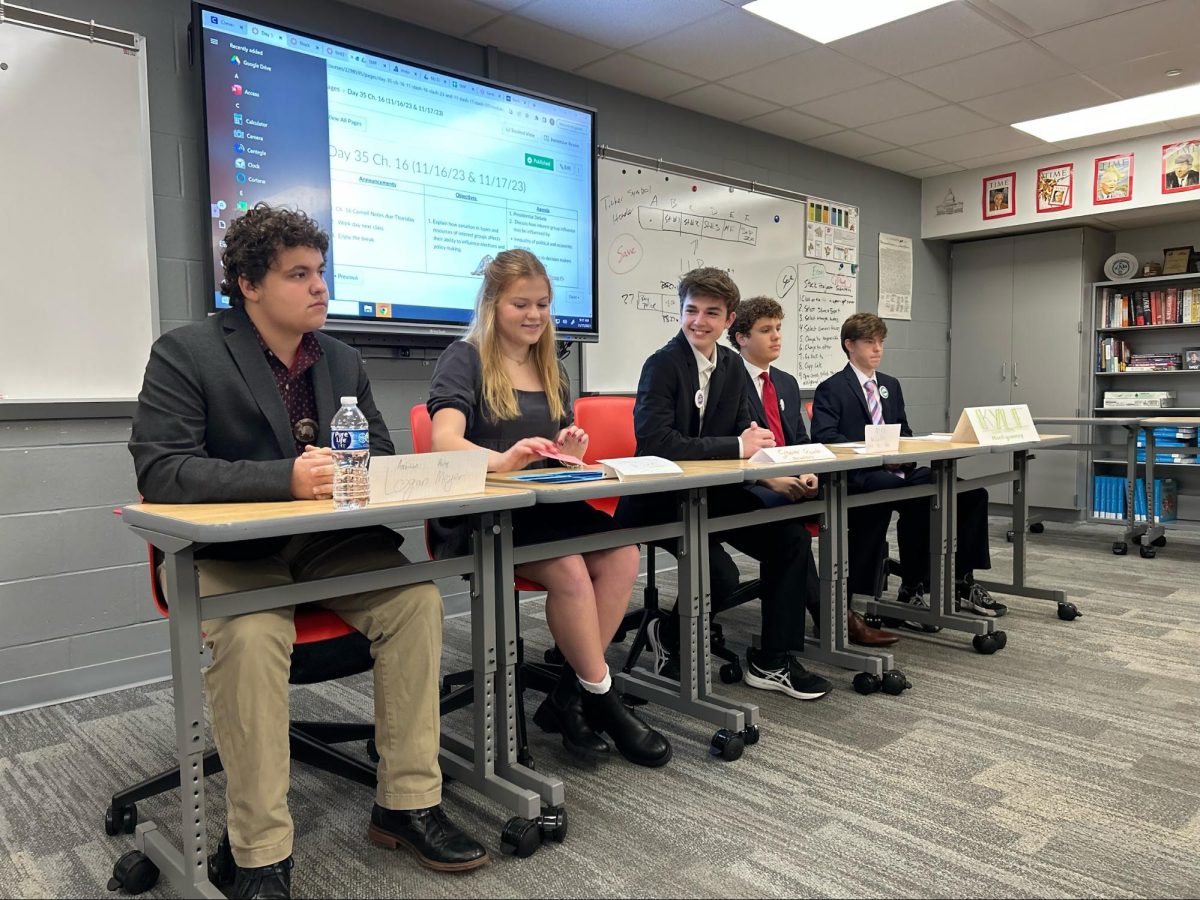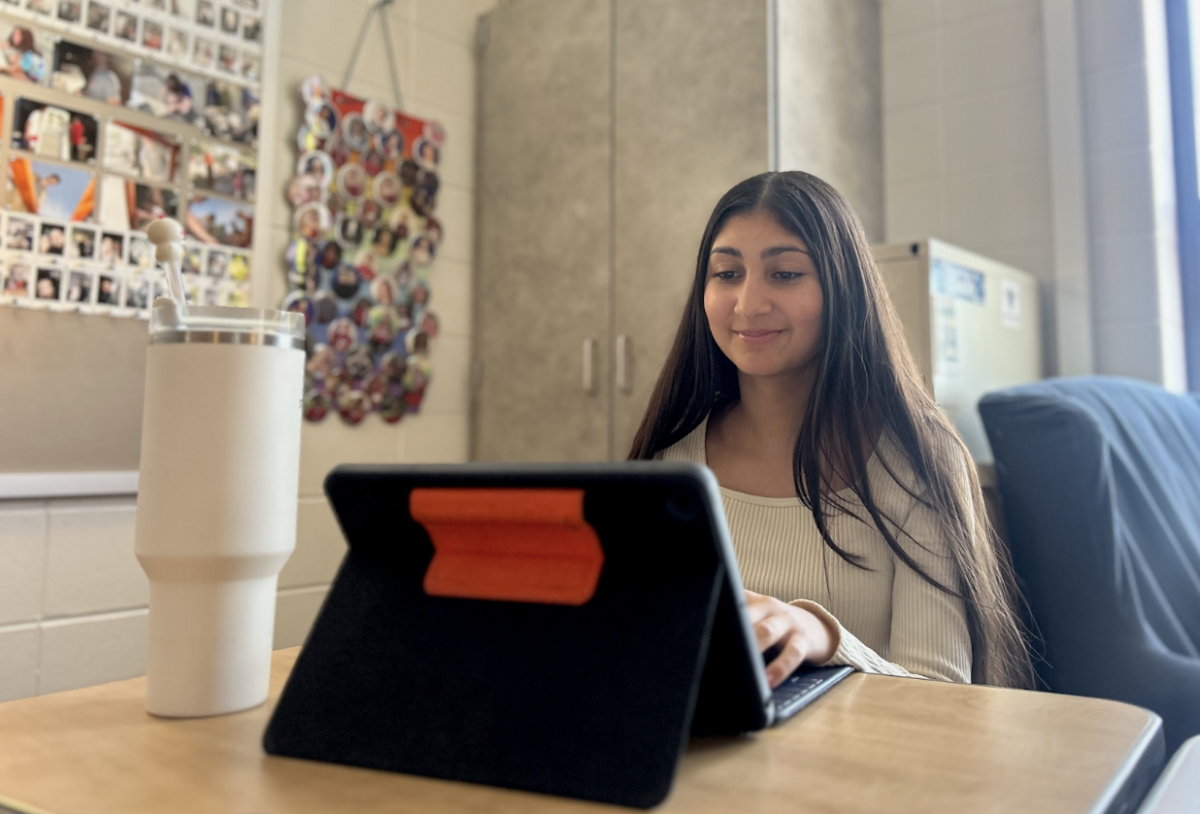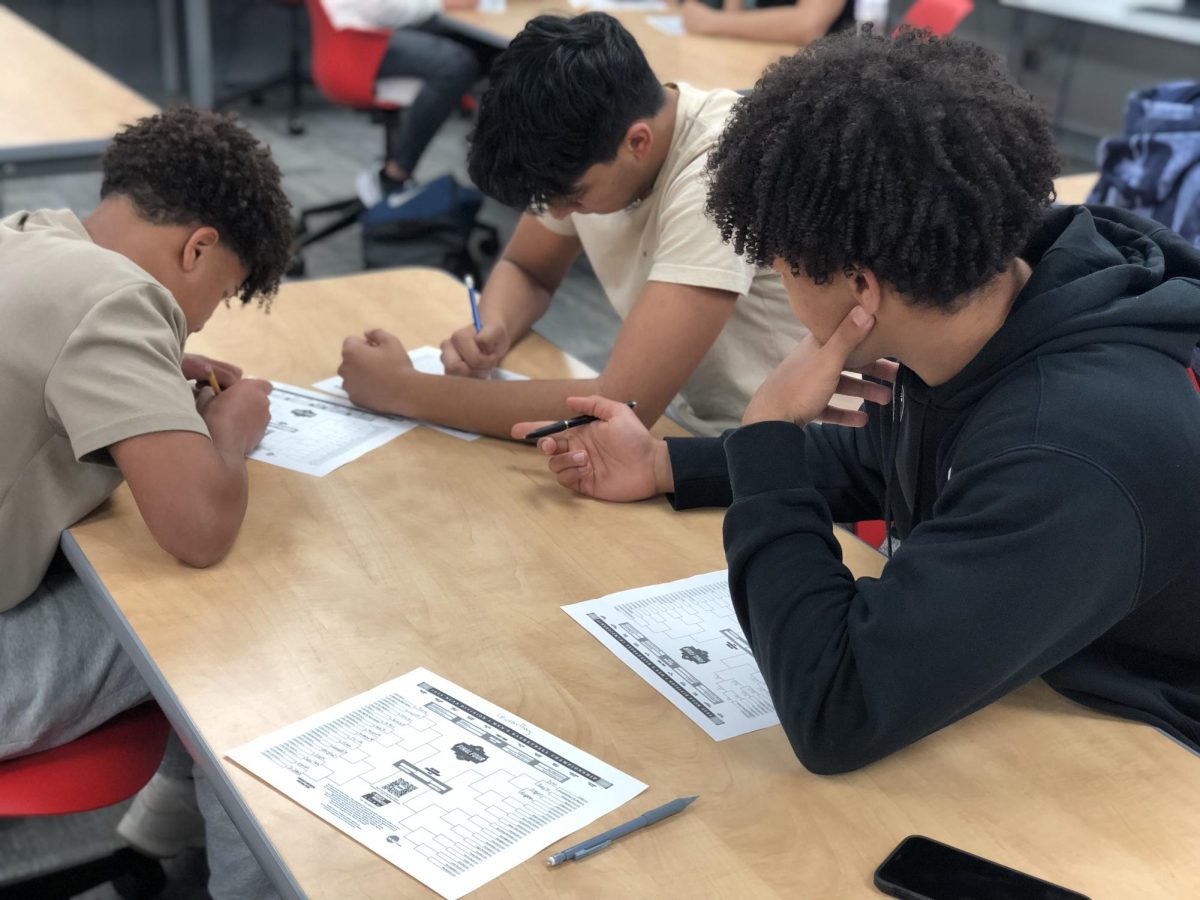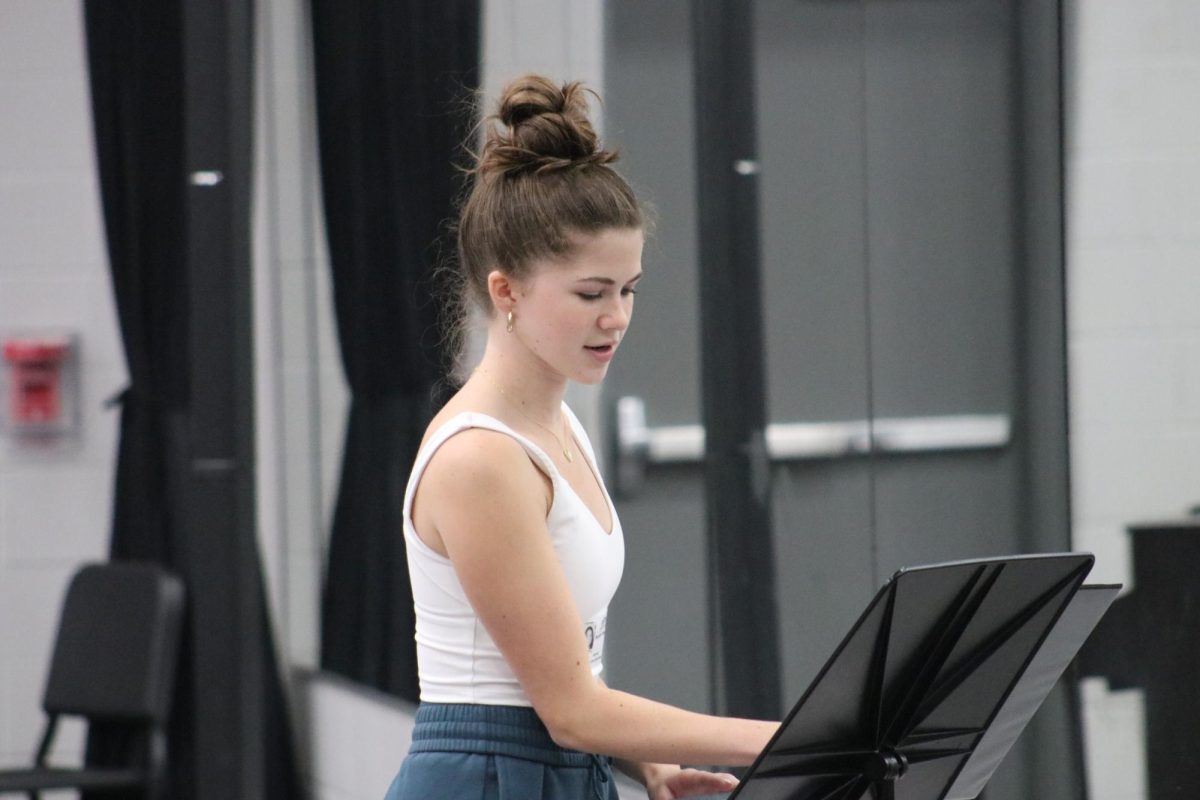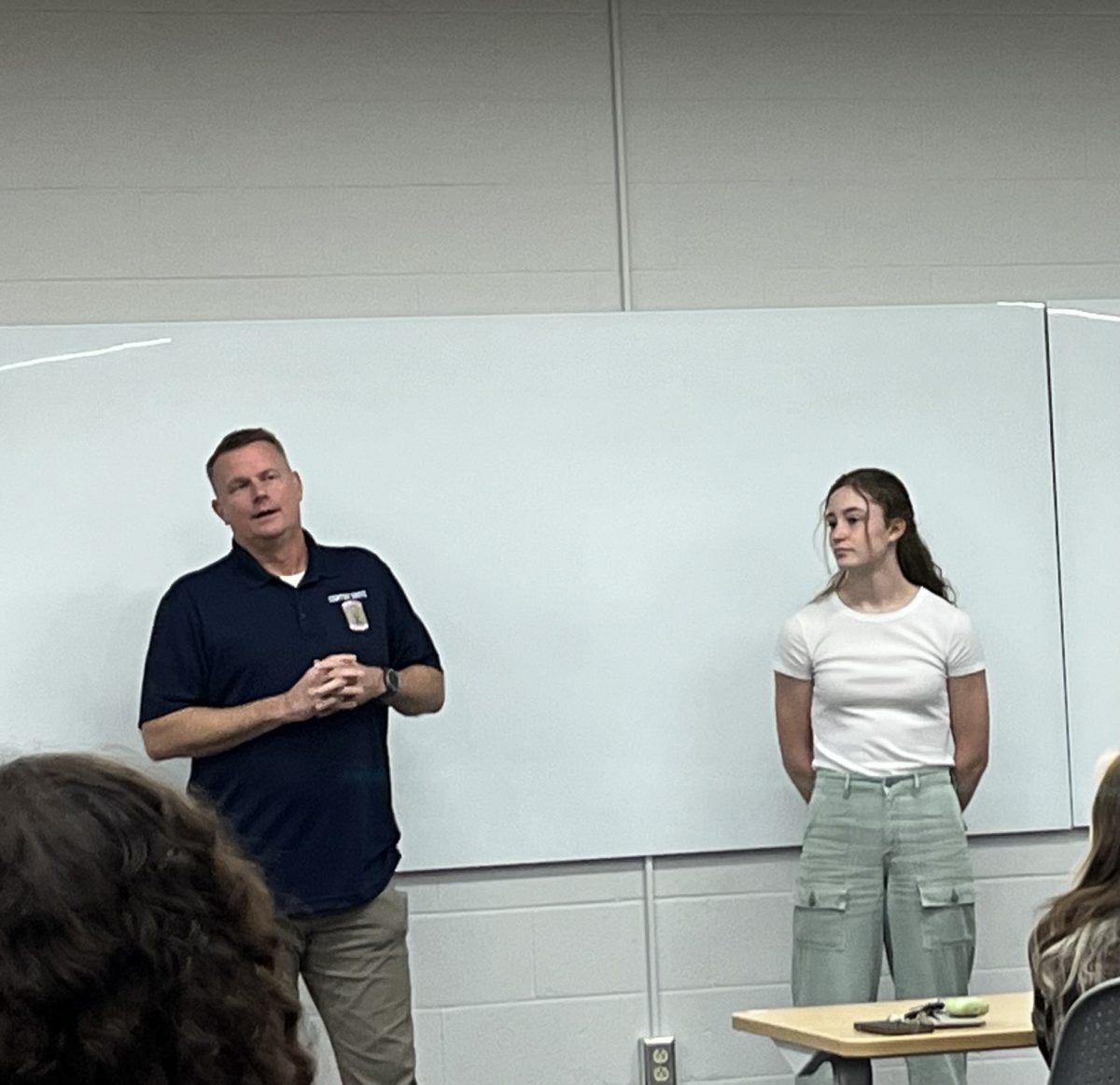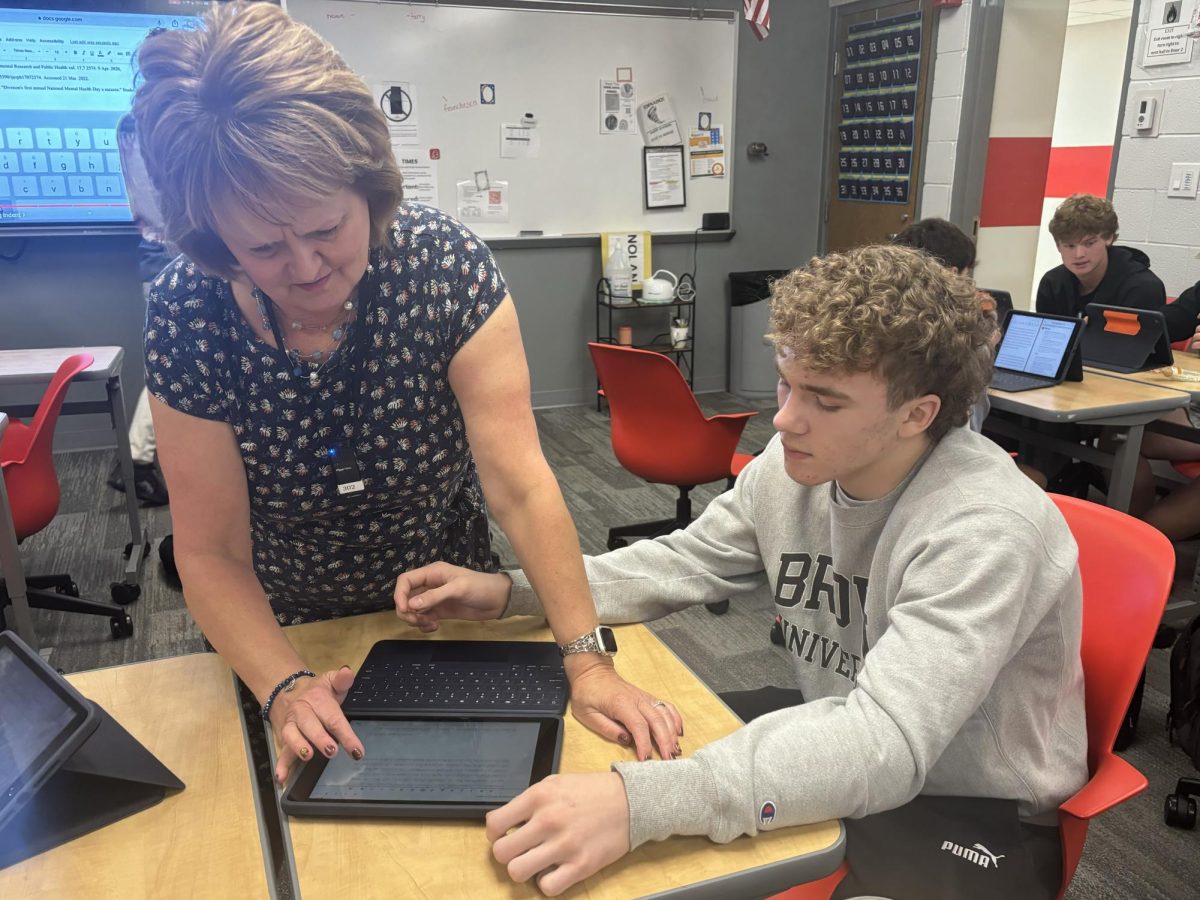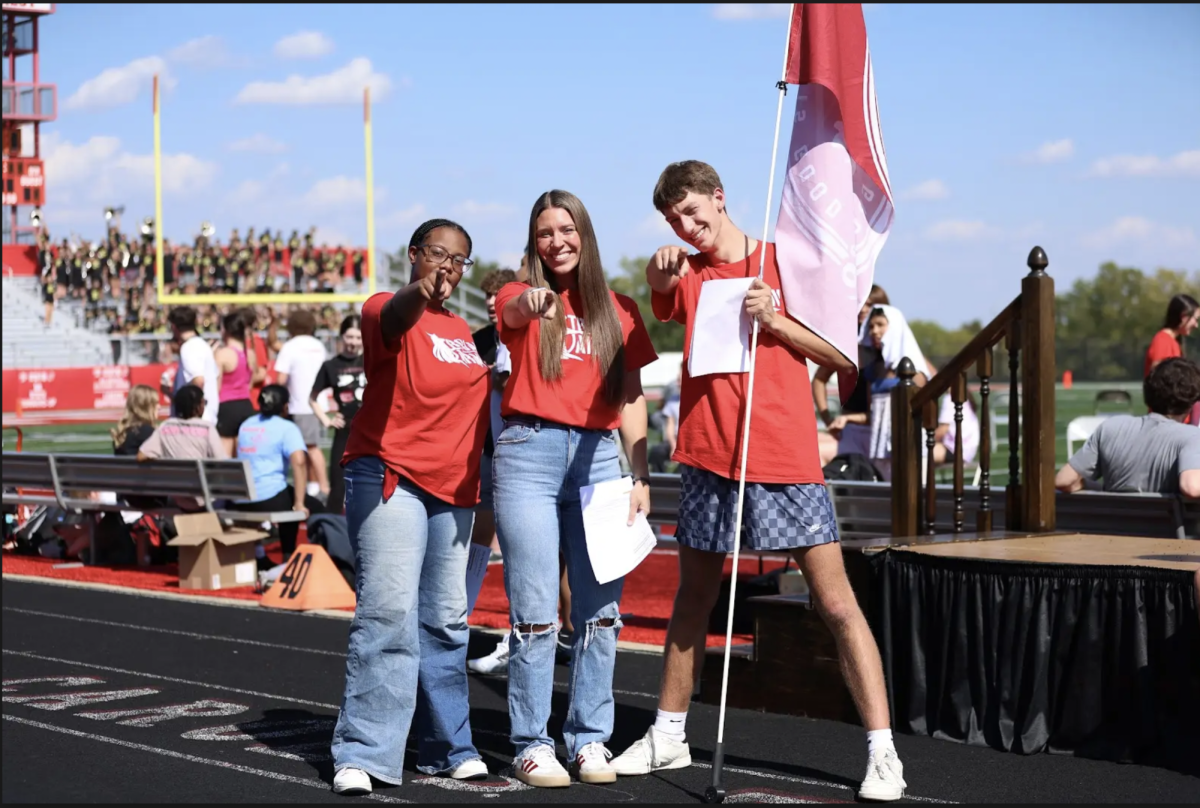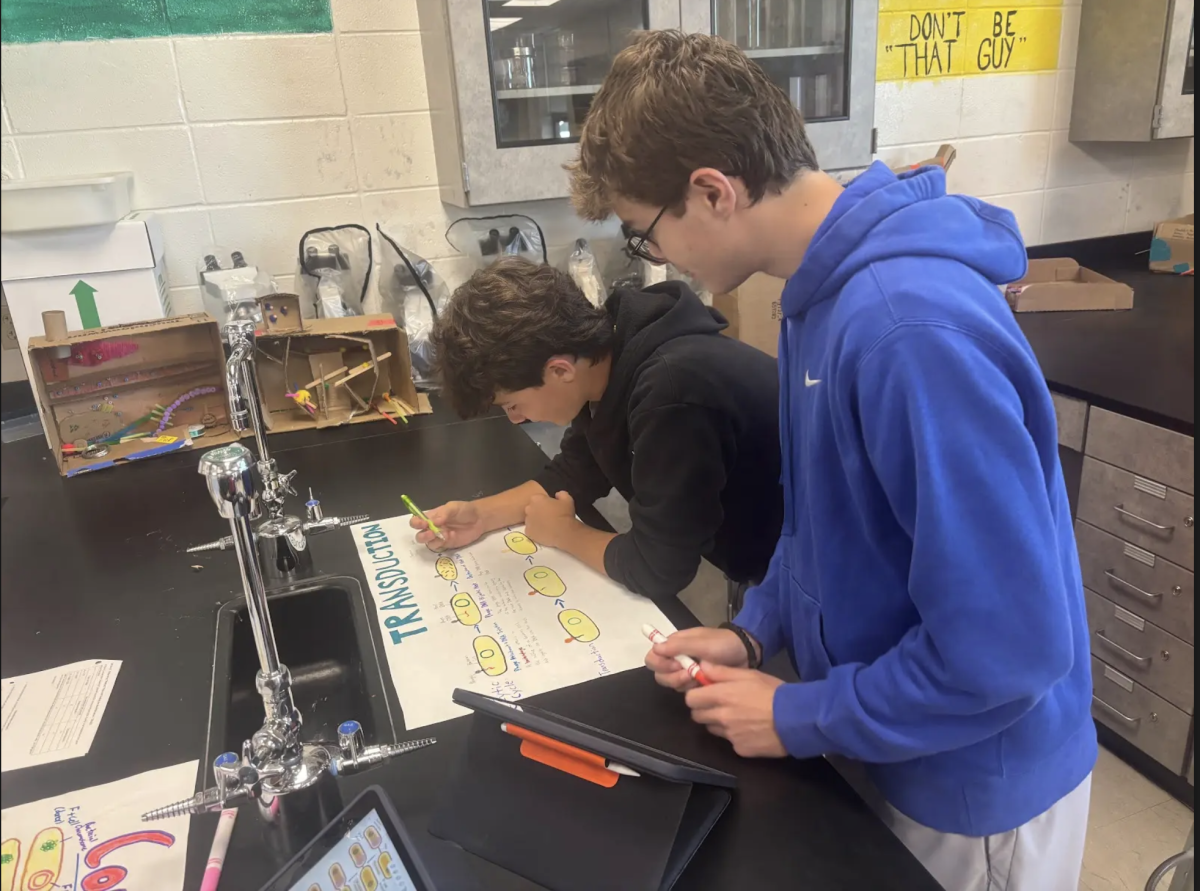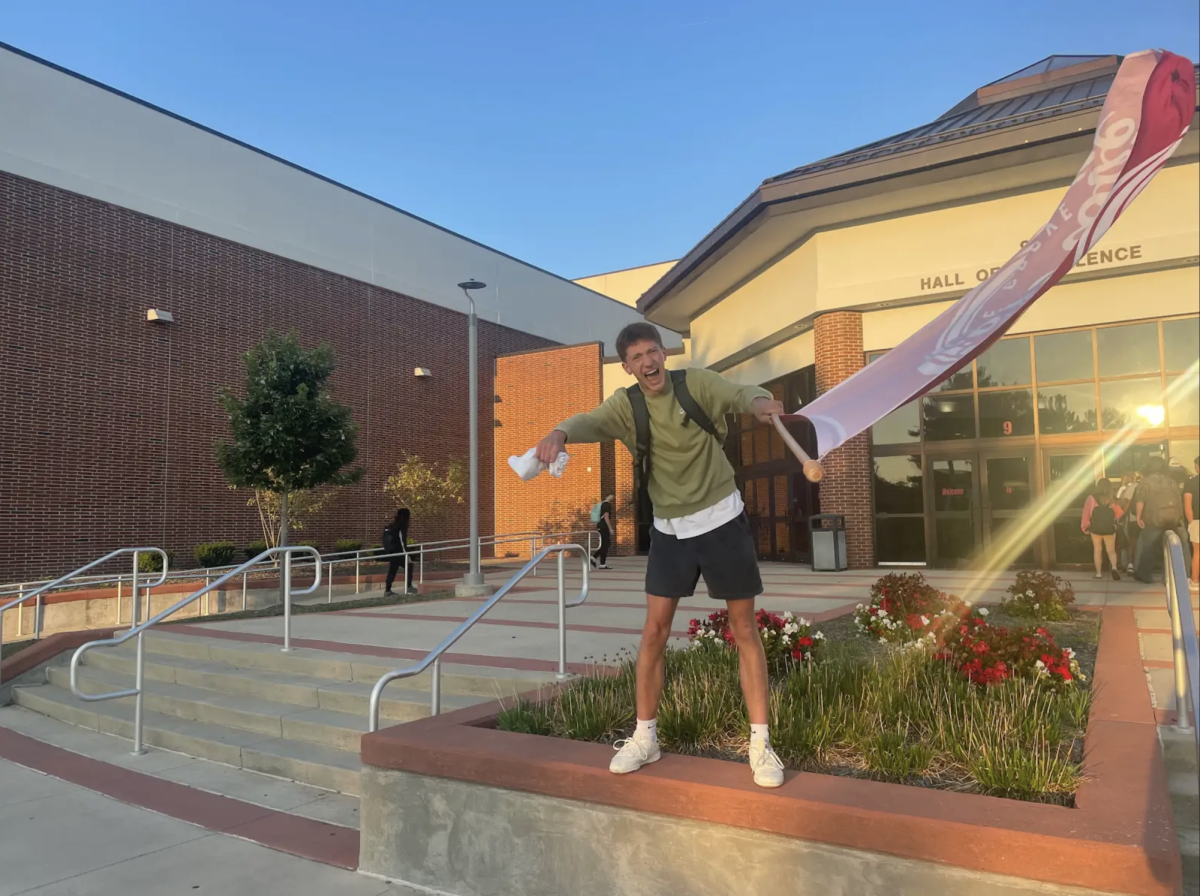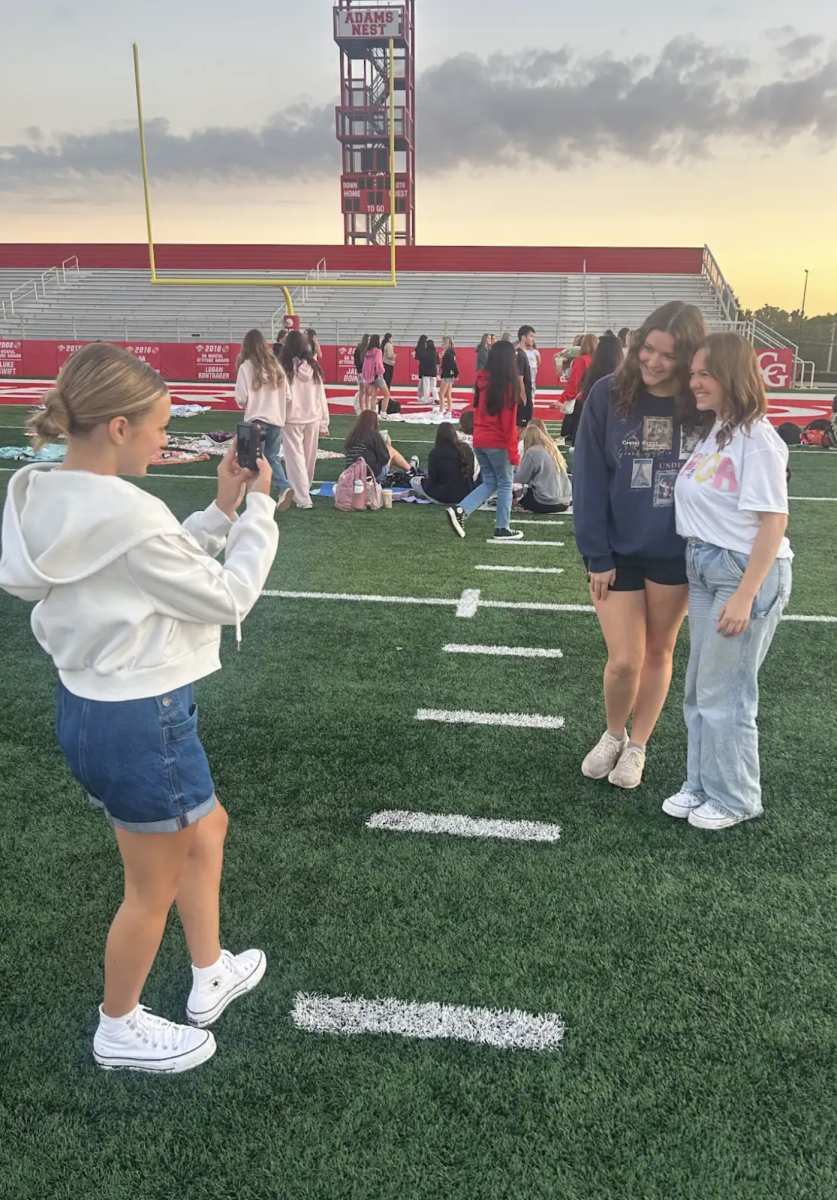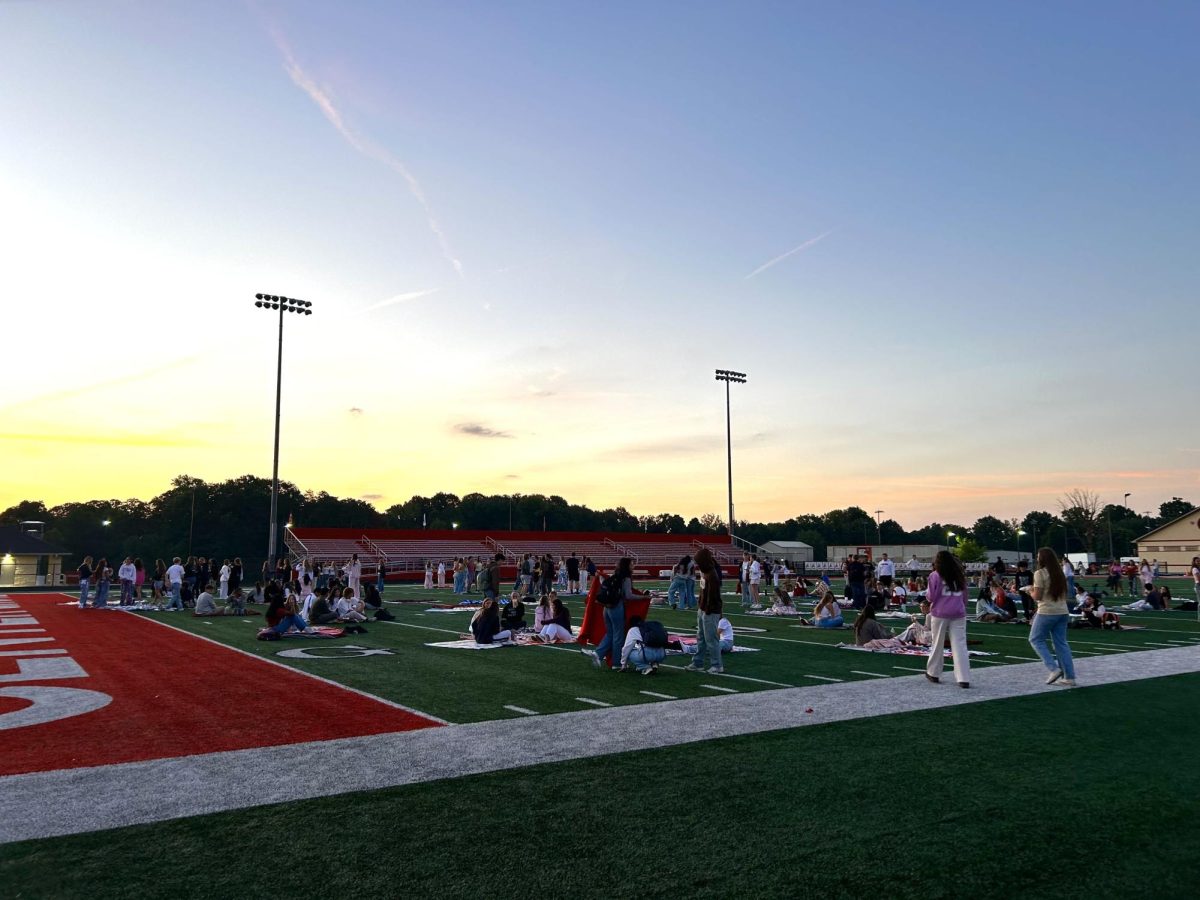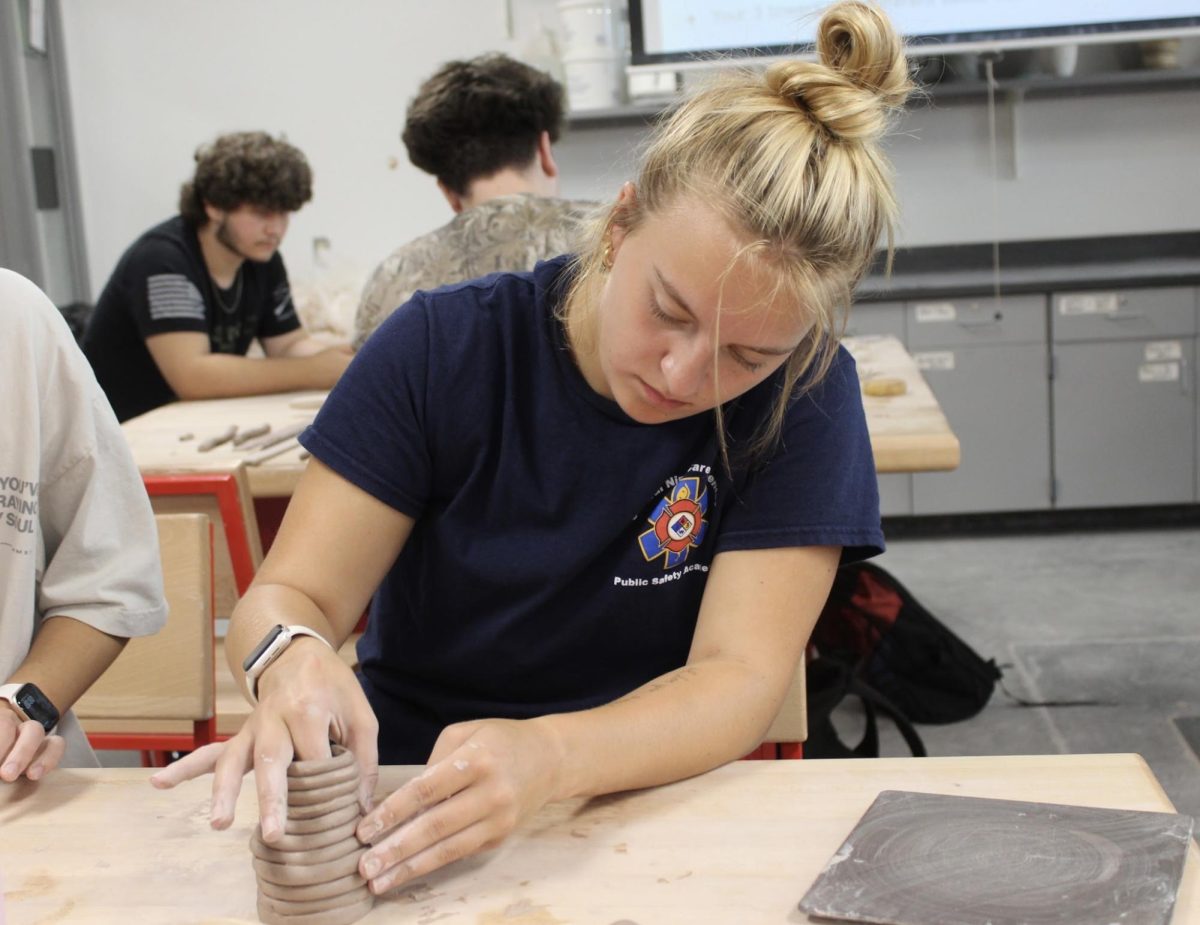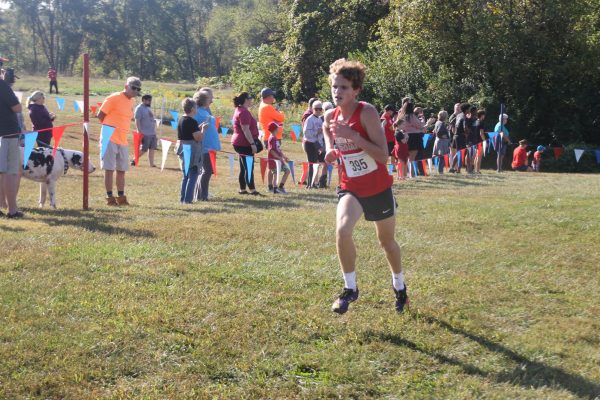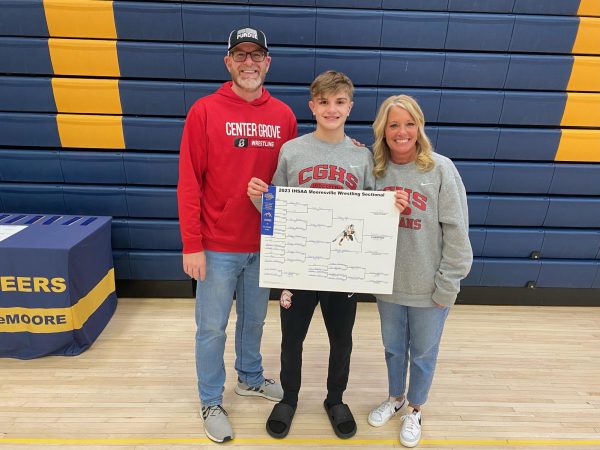International issues can be pushed aside by students at times, but seniors in AP U.S. Government teacher Cale Hoover’s classes have been learning to mix their school work with these international issues in the form of a presidential campaign.
This process has not only involved a presidential race, but also organization into parties and a live in-class debate, which Hoover has implemented to teach students about a day in the life of a presidential candidate.
“They start by having a caucus where they elect a presidential candidate and a vice-presidential candidate,” Hoover said. “Then, they assign typical jobs like a campaign manager, a media liaison and a platform writer. We are just trying to encompass many of the responsibilities that take place in a campaign. This project is designed to cover an entire unit, so in addition to creating the party and doing the political party work, we will have a day where the vice-presidents give speeches.”
After all of the jobs are assigned and the speeches are done, these parties will then hold multiple events where they have a chance to convince their classmates to vote for their party.
“We will have a presidential debate,” Hoover said. “Each of the parties will hold a convention that will last 10-15 minutes. They present their party and their ideas to the public/class. We air campaign commercials. They create a website and put all of their work on there for people to see. Campaign buttons, flyers, you name it – they do everything. It culminates with an election.”
Each of the parties all stand for something different. They all have different ideas on how the nation should be run, like the Reconciliation Party, whose presidential candidate senior Uther Henderson has a specific list of items the party, and the government, has to focus on.
“Our party is primarily concerned with restoring or protecting the rights of citizens and the states against federal interference, complete with an Equal Rights Amendment and cuts to coercive federal grants, and campaigning for peaceful, diplomatic solutions to international disputes,” presidential-candidate Uther Henderson said. “If you want a peaceful, democratic America, the Reconciliation Party is for you.”
However, political policies are not the only thing that sets these candidates apart. Senior Gabby Rogers is the only woman in her period 7 class’s presidential panel, which she believes can give her a different perspective on government-related issues that the class is learning about.
“I am the only woman candidate of the five people that are candidates in my class, so I think that brings a new demographic or set of ideas to the ‘presidency,’” Rogers said. “I feel very strongly about a lot of ideas we are campaigning about, and it’s very important to have open and honest discussions in class on a smaller level so high school students stay informed about larger national issues that we should know about.”
Despite the competitive atmosphere around the debate, it can also help students empathize with the difficulties that come with a regular presidential campaign.
“A big thing that I’ve taken away is that you can say everything right and make one mistake and things kind of go downhill, so it’s kind of a game of cat and mouse, and this is a mock situation, but it kind of shows how much energy is put into it because you have a ton of things happening really fast,” senior Logan Meyer said.
Hoover said he hopes that students learn the roles that everyone plays in an election and that he instills some virtues of civic duty and responsibility.
“Hopefully it inspires kids to participate whether it be by voting or supporting candidates that they like,” Hoover said. “Obviously one day your generation is going to be the leaders. So, who are the people who are going to hold offices at the local, state, and national level? Society is better when we have great candidates and great people leading us, and I think that is part of it.”’


